The way I've always done it, but HATE it
mmqchdygg
15 years ago
Related Stories

DECORATING GUIDESThe Dumbest Decorating Decisions I’ve Ever Made
Caution: Do not try these at home
Full Story
PRODUCT PICKSGuest Picks: Plaid Done 20 Ways
Always in style but especially right in winter, plaid gives furniture, linens and accessories down-home warmth
Full Story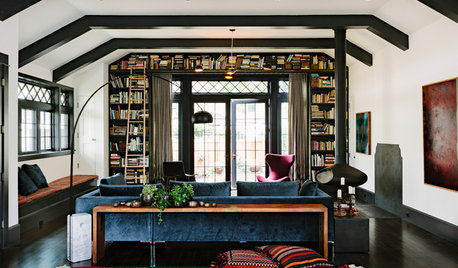
DECORATING GUIDES12 Spaces That Prove There’s Always Room for Books
Be inspired by the bookworms on Houzz who have won the book storage war
Full Story
FEEL-GOOD HOME12 Very Useful Things I've Learned From Designers
These simple ideas can make life at home more efficient and enjoyable
Full Story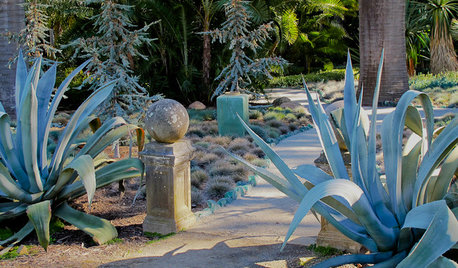
GARDENING GUIDESMonochromatic Garden Magic Done 7 Ways
Discover intriguing ways to use color in your garden by unlocking the secrets of monochromatic design
Full Story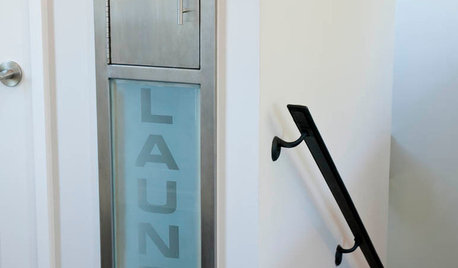
GREAT HOME PROJECTSHate Hauling Laundry? Give Dirty Clothes the Chute
New project for a new year: Install a quick route to the laundry room
Full Story
GARDENING GUIDES8 Plants That Snobs Love to Hate — and You'll Love to Grow
Don't dismiss these common annuals, perennials and shrubs — there are reasons they've been popular for so long
Full Story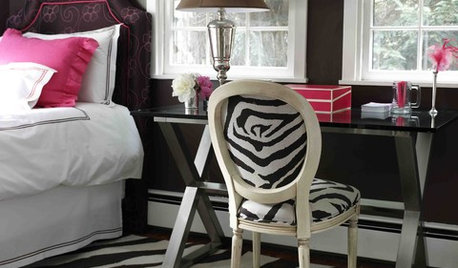
DECORATING GUIDESAnimal Prints: A Love-It-or-Hate-It Look
Some embrace faux furs and animal-print upholstery as classic looks. Others see them as a tacky throwback
Full Story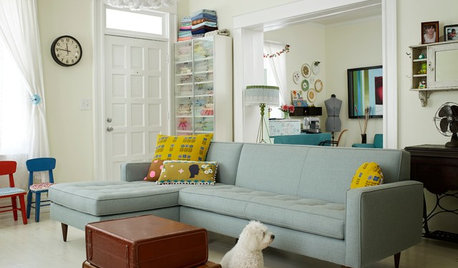
FURNITUREWhy It's OK to Hate Your New Custom Sofa
It takes time to get used to bold new furniture, but dry your tears — the shock can be good for you. Here's what to expect
Full Story


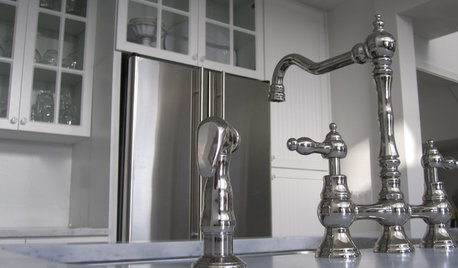
Lcgrace Mahoney
wayne_5 zone 6a Central Indiana
Related Discussions
Uh-oh, Now I've Done it--please help with color!
Q
I've always hated grey, so why am I considering it?
Q
By Gorge I've done it!!!
Q
I've always wanted a chesterfield ...
Q
justaguy2
marlingardener
anney
lilion
ribbit32004
glorygrown
kayhh
lilydude
laceyvail 6A, WV
mmqchdyggOriginal Author
seedmama
eaglesgarden
caflowerluver
clumsygrdner
belindach
lilion
trh701
wordwiz
knittlin
knittlin
mmqchdyggOriginal Author
lilion
eaglesgarden
mmqchdyggOriginal Author